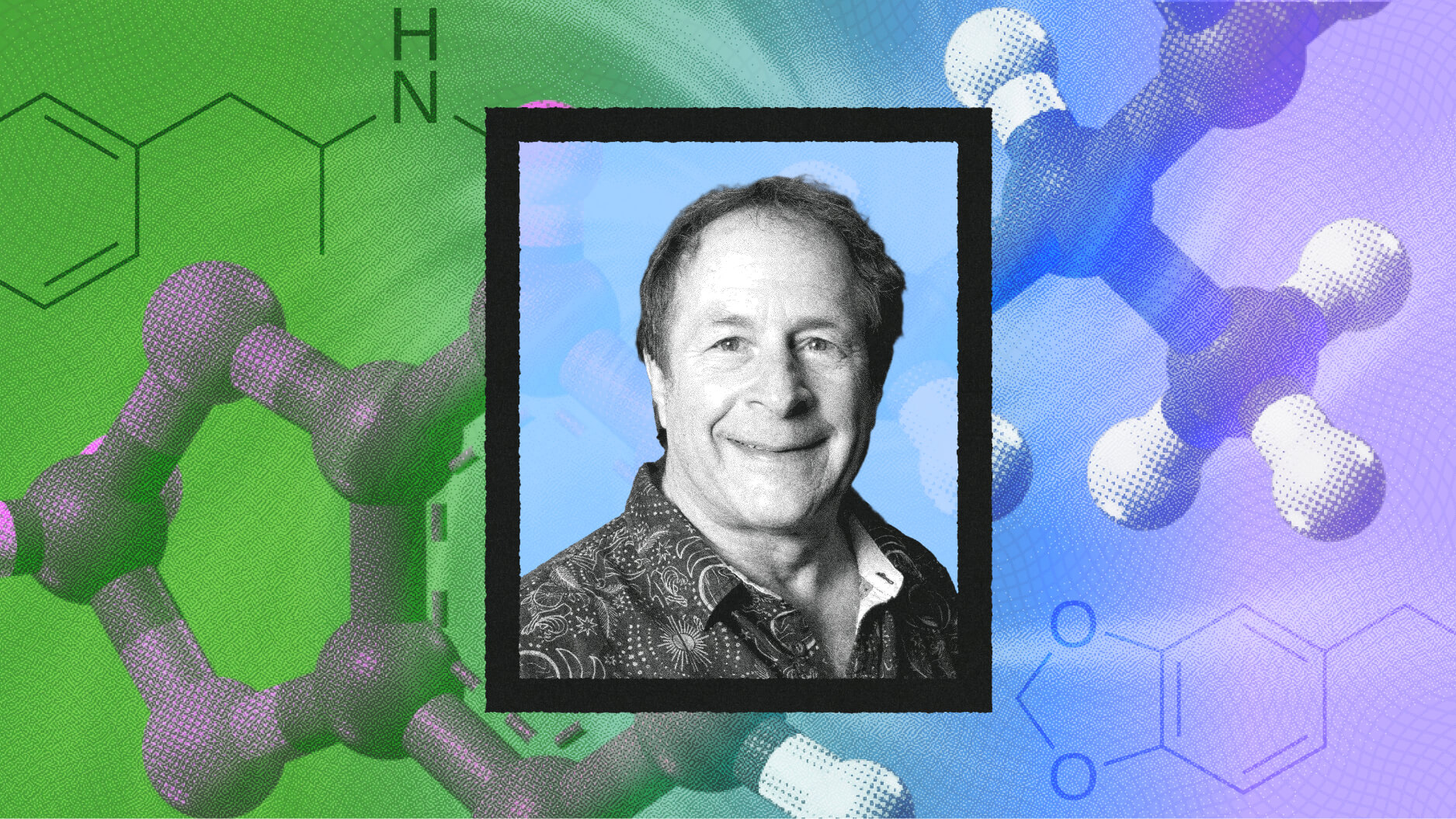Ariely wanted to break out of the strict form of an academic paper.
Question: What inspired you to write “Predictably Irrational”?
rnDan Ariely: So I don’t know how much academic papers you read, but they’re not exciting to read, and they’re not exciting to write. They’re very formulaic. They aren’t interesting. You can’t tell jokes. They’re unflexible. So a few years ago I decided to write something more flexible that would let me just write for fun. And I decided to write a cookbook, and my cookbook was going to be titled “Dining Without Crumbs: The Art of Eating Over the Sink”. It was going to be a decision-making kind of perspective on the kitchen. You know the kitchen is where we create, and destroy, and experiment, and take care of people, and fail. It’s kind of a wonderful place to take risks. And I was going to analyze decisions in the kitchen and try to suggest some lessons for life, but also give recipes. And I have two types of recipes. I had single meal dishes ...; and meals to ...– if you want to have somebody for dinner, what you do. And I wrote like a book proposal and I took it to MIT Press. And I took it to some book agents, and everybody said you can’t . . . You can’t possibly sell this book. It’s not a cookbook. You’re not a comedian. It’s not a decision making book. We don’t know what to do with this. And eventually one book agent suggested to me that what I should do is I should write a book about my research. And once I publish my first book and somebody knows me, then I could publish my cookbook. So I decided if that’s the cost I have to bear, that’s the cost I have to bear. And I started writing a book about my research, and this is what I wanted to avoid. I wanted to avoid the formulaic, kind of standard, soulless writing. And what happened to me was incredibly fortunate. I met this book agent called Jim LaVigne, and he liked my research. And he asked me to write a chapter, and he thought the chapter that I wrote was just not exciting. And he . . . The next time he helped me, and he wrote with me together a chapter. And he showed it to people and they thought it was not sufficiently exciting. And for four months we went back and forth. We draft ideas and how to write it. It took a while, and finally we found a voice and a language. And we found something that is actually much closer to how I speak about my research rather than how I write about it, but it took me a while to get there. And from that point on it was a pure pleasure to write it. In fact I didn’t expect how much fun it would be to write it, but it turns out to be fantastically fun.
rnQuestion: What is your favorite part?
rnDan Ariely: So you know these chapters . . . Each chapter describes a research project. And all of these research projects are like kids in a sense, right? They’re all my offspring, and I love them all, and I don’t want to . . . to say . . . For me there’s a couple of chapters that I love . . . I particularly love the research behind them. The first one is maybe this experiment we did on social security numbers and what people were willing to pay for things. And here is the basic setup. We take a big class of students and we ask each of them to write down the last two digits of their social security number. So mine would be 79. I would write 79 next to each of six products. And then you would say 79, let’s make it $79. Would you pay $79 for each of those products? And I would say yes, no; yes, no; yes, no. And I would say now let’s do it for real, which means you’ll submit a bid for an auction where the highest bidder would pay, and they would get the auction, and get the stuff and so on. Everybody does it. Everybody submits their bid. We input it into the computer. We find the highest bidder. People pay and get what they . . . what they got. And now I go back to the office and I compute the relationship between people’s social security numbers and their willingness to pay in the bid. Now it sounds like a strange idea that these numbers will be connected. And in fact they are not connected. It’s not that somebody who was born with a high social security number is doomed to pay more for things. But what we did was to make the first decision about social security number. And then the question is will the second decision take the first decision into account? And we found that this was indeed the result in a big way. So people with high social security numbers – let’s say ending in 90 or something like that – were willing to pay at the end of the day hundreds of percent more than people who had the social security number ending in 10, let’s say. Why? Because those people answered the first question – would I be willing to pay $90 for this? And they say yes or no. And when they came to say the second answer, they took the first one into consideration. They said I just said no to $90, so how much would I be willing to pay? Maybe $80. Whereas the people who started with $10 said yes I’ll pay $10. And they say okay, the second question, how much would you pay? Well, I just said yes to $10. Maybe I’ll go up to $15 or $20, and they stayed too far from converging. Now the reason I like that experiment is first of all I think it’s a cute demonstration. But more importantly I think it tells us something very important about the way we actually make decisions; and a way in which initial decisions have incredible power on us to create habits. And to illustrate this, let me give you a story about Starbucks, okay? So imagine the following scenario. It’s 10 years ago. You walk down the street. You are tired. You are thirsty. You need caffeine. You’re on some errands. You hate what you’re doing. You want some coffee. Dunkin Donuts is six blocks away. You stumble on Starbucks. You never tried it before. You go in. You go in, you buy a cup of coffee. You are surprised by the price, but you buy a cup of coffee. You leave. The coffee is fine. Three days later you walk by again. What do you remember? Do you remember how thirsty you were? How caffeine-deprived you were? How tired you were? How tired you were with your tasks? No. We don’t even remember how we felt yesterday. What you do remember is your actions. You remember I was here before, and I made a decision to go into Starbucks. And then you say something else to yourself. You say that must mean that going into Starbucks was the right decision for me, so you go again. And the next time you go you say, “Oh my goodness! I’ve gone twice. It must be a really good decision for me.” And you go again, and again, and again until it becomes a habit. And until you no longer consider whether Starbucks gives you enough value for the money, you just say, “That’s the kind of person I am. That is what I do.”
rnRecorded on Feb 19 2008






